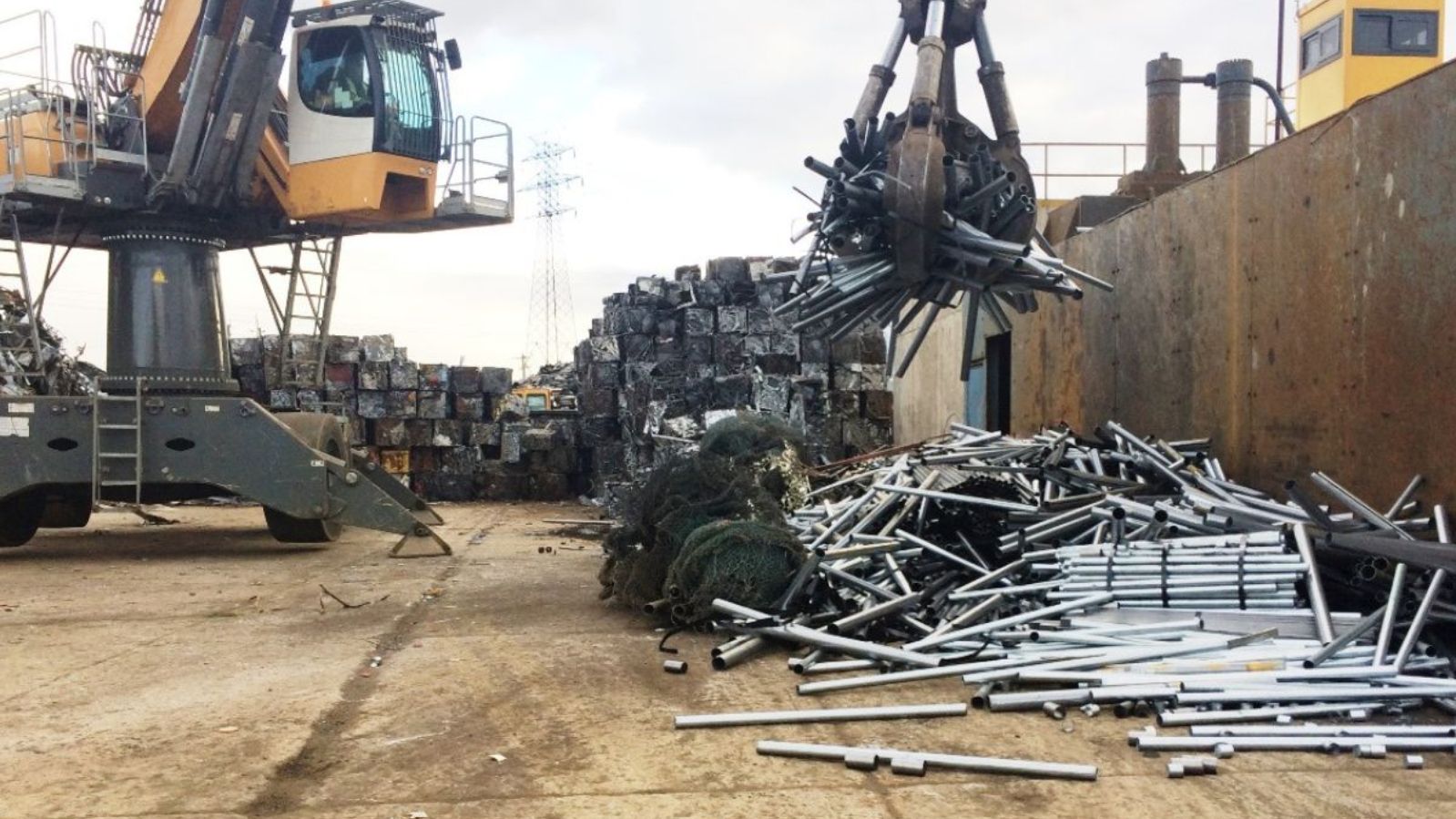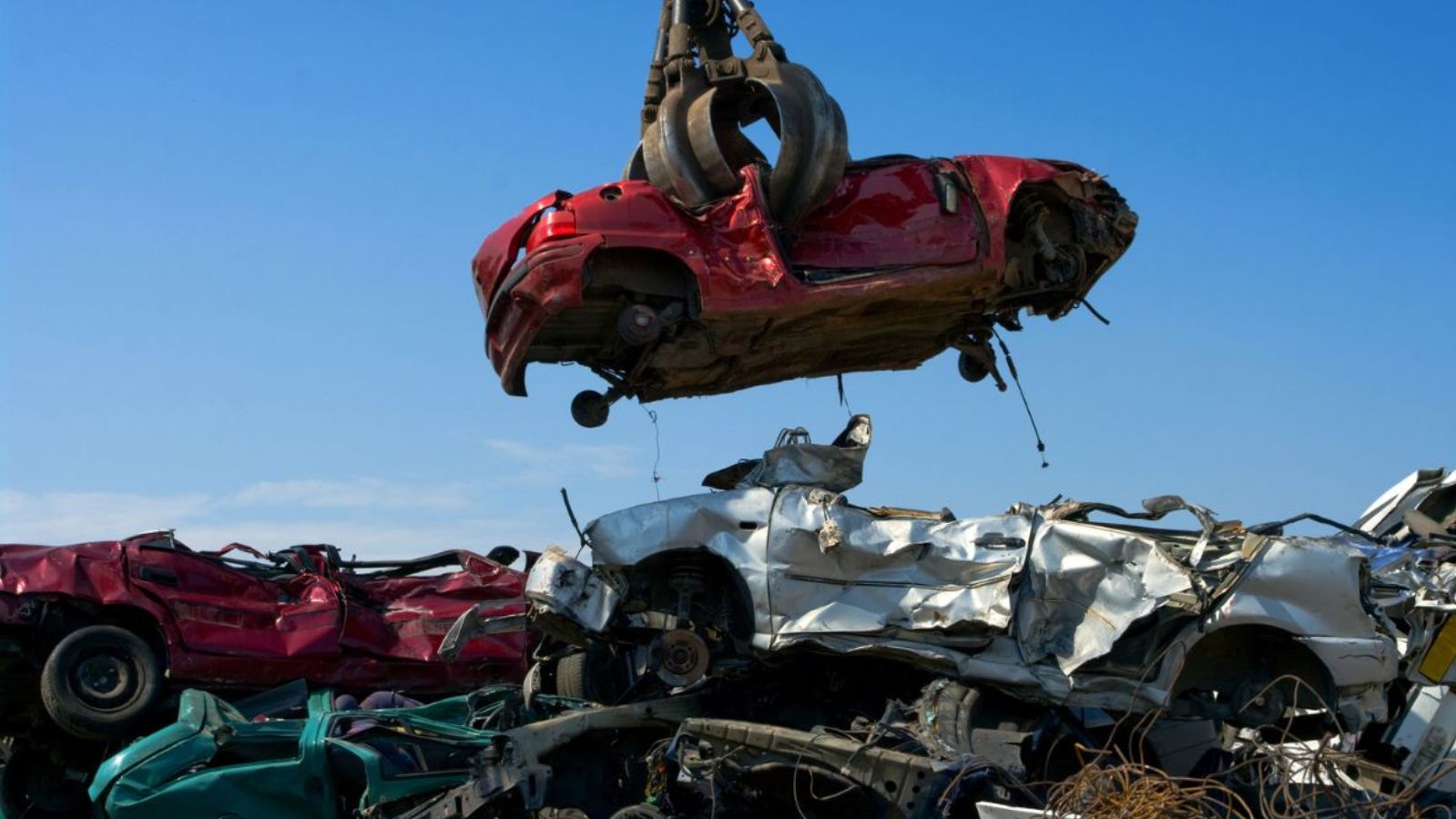
What is ELV dismantling?
ELV or End-of-life vehicle is the term or process that sorts and dismantles a car that is no longer usable and cannot be used on the road. In India, each state has separate vehicle scrapping guidelines that shed light on proper vehicle usage. In New Delhi, according to the Supreme Court and the National Green Tribunal (NGT), all diesel cars older than ten years and petrol cars older than 15 years would be considered ELV, with the ruling coming into play in 2021.
This makes ELV dismantling, sorting and processing a pivotal step in the recycling process, which is done to effectively separate materials and then process them for further use or reuse. According to numerous surveys, it was found that India did record sales of passenger and commercial vehicles in 2022, standing at 4.7 million. Along with that, India’s ELV recycling also skyrocketed with a 90 percent increase, reflecting the strict government policy.
What is the process of ELV dismantling?
There are several stages for ELV sorting and dismantling, which can be efficiently recycled and reused. Some of the sorting processes are given below.
- Depollution
All their necessary documents are recorded after the ELVs are received at a recycling or scrapping facility. Then, crucial de-pollution occurs when all hazardous fluids, like oil, coolant, brake fluid, fuel, etc., are drained, collected, and properly disposed of/recycled. Then hazardous parts like airbags, batteries, and mercury switches, to name a few, are also removed. - Dismantling
After this, all the major parts of a vehicle are dissembled, like its engine, doors, suspension, seats, etc. Then, the parts that are in usable condition are sorted for resale and reuse. - Material Separation
Firstly, ferrous and nonferrous metals are segregated using powerful magnets and other separating processes. Then, plastic, glass, and rubber are separated and carefully curated for further recycling. - Shredding
The ELVs, which have now been dismantled, and the remaining parts are then sent for shredding to break them into smaller pieces, making it easier for transportation and more breakdown. - Sorting
The shredded pieces are then sent for sorting, which is done by magnets and other equipment to extract ferrous and nonferrous metals. - Recycling
Lastly, each material is then recycled, like metals are smelted, and is further sent for reuse in various industries. Plastics that can be reused are also sent for other uses. Other remaining materials are then recycled or disposed of in an ecologically and environmentally viable solution. Each material fraction obtained from the ELV sorting process is sent to appropriate recycling facilities.
What is the importance of ELV dismantling?
There are several important of ELVs dismantling as it is paramount to scrap and recycle them effectively, which include:
Proper ELV dismantling aids in the effective removal of hazardous materials, which can pollute the environment and cause contamination.
Many reusable parts, such as engines, transmission, suspension components, etc, can be recognized and reutilized effectively in different ways.
Easy material separation is initiated, which aids in better sorting of materials that can be further segregated according to their usage and condition.
Since the components are reused and recycled, there is a lesser need to produce new raw materials, which means less environmental impact and also enables the generation of additional revenue. Proper dismantling and sorting also help in compliance with government policies that leads to a cleaner nation.
What are the Different Types of ELV dismantling equipment?
Since the dismantling of ELVs is an important process, many different types of equipment are employed for a safe and effective process, including:
- Vehicle Lifts and Hoists: These help lift the bulky ELVs and move them from one place to another.
- Hydraulic Press: This helps to flatten and compress the vehicle after it has been dismantled, as it aids in easy disposal, handling, and transportation.
- Fluid Extraction Tools: These include oil drain pans and fluid extraction pumps, which collect the fluids and then safely remove these hazardous liquids.
- Removal Tools: There are separate tools for airbags, batteries, tires, and transmissions.
- Sorting Equipment: These include vibrating screens for size separation, optical sorters that use cameras and sensors, and Eddy current separators that sort nonferrous metals.
- Conveyors and Feeders: These help transport or place large amounts of material from one place to another and even use vibratory feeders for sorting.
- Robotic Arms: In a more advanced setting, the robotic arm is used for very precise tasks, which is fuelled by automation and is the future of recycling.
- Magnetic Separators: These are used to separate ferrous metals using a powerful magnet. Other equipment includes Eddy Current separators and density separators.
- Shredding Equipments: Large shredders are utilized for breaking down the ELV into smaller pieces that are easier to operate. Hammer mills are also used.
- Diagnostic Equipment: OBD-II scanners, diagnostic software, battery testers, and battery analyzers are employed.
Conclusion
The dismantling of ELVs is an environmentally viable solution for a cleaner country and plays a crucial role in the recycling and reusing of materials extracted from them. With a wide awareness of the same, the recycling community has a lot of opportunities to invest in this sector, which is projected to grow exponentially in the coming years. Also, this would entail a solid contribution to the government’s sustainability goals and create more awareness and innovative opportunities for all. A safe and effective scrapping solution provided by Intelligent Edge is making leaps ahead in promoting proper ELV dismantling and setting an example for good practices.

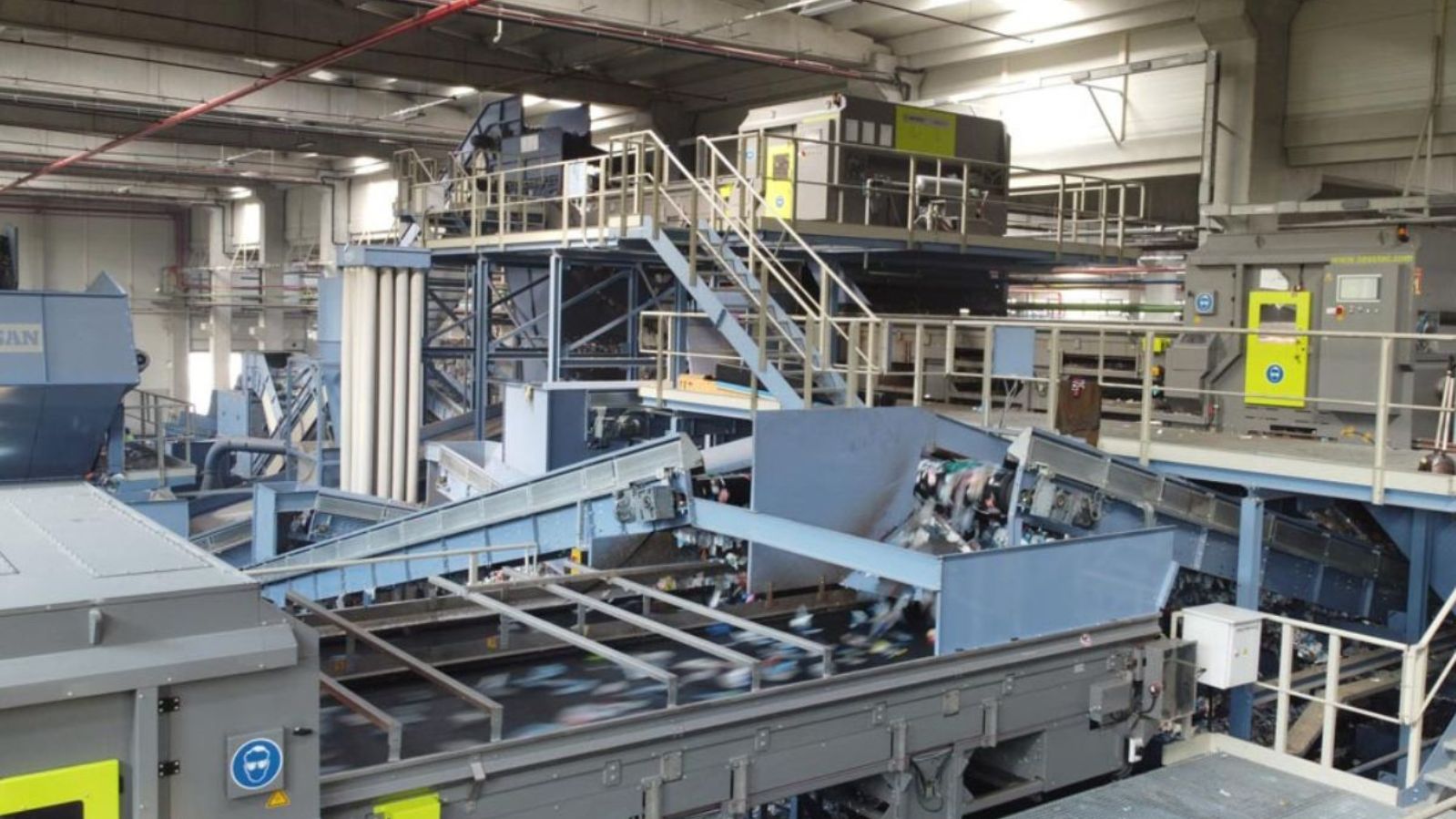
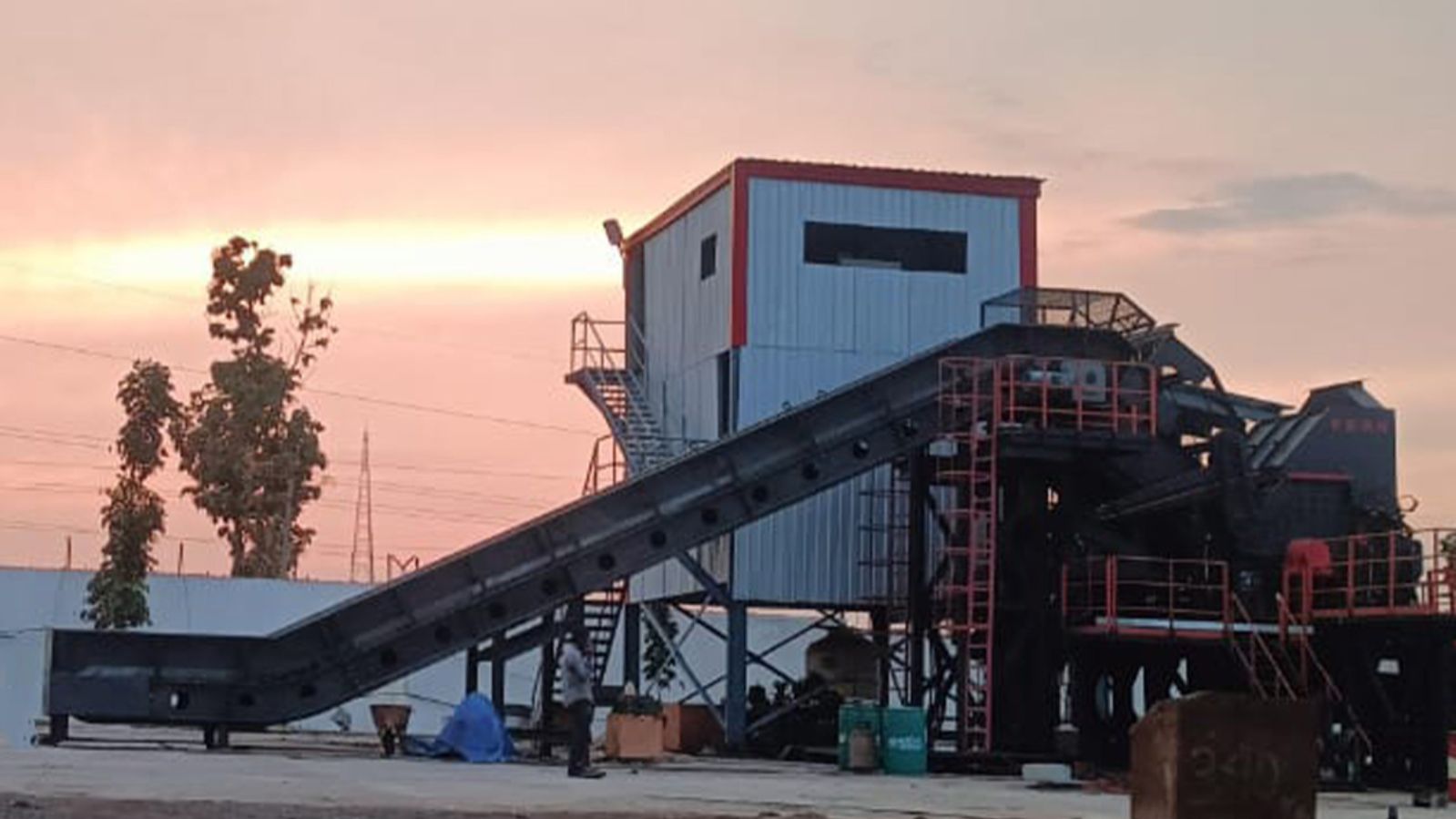
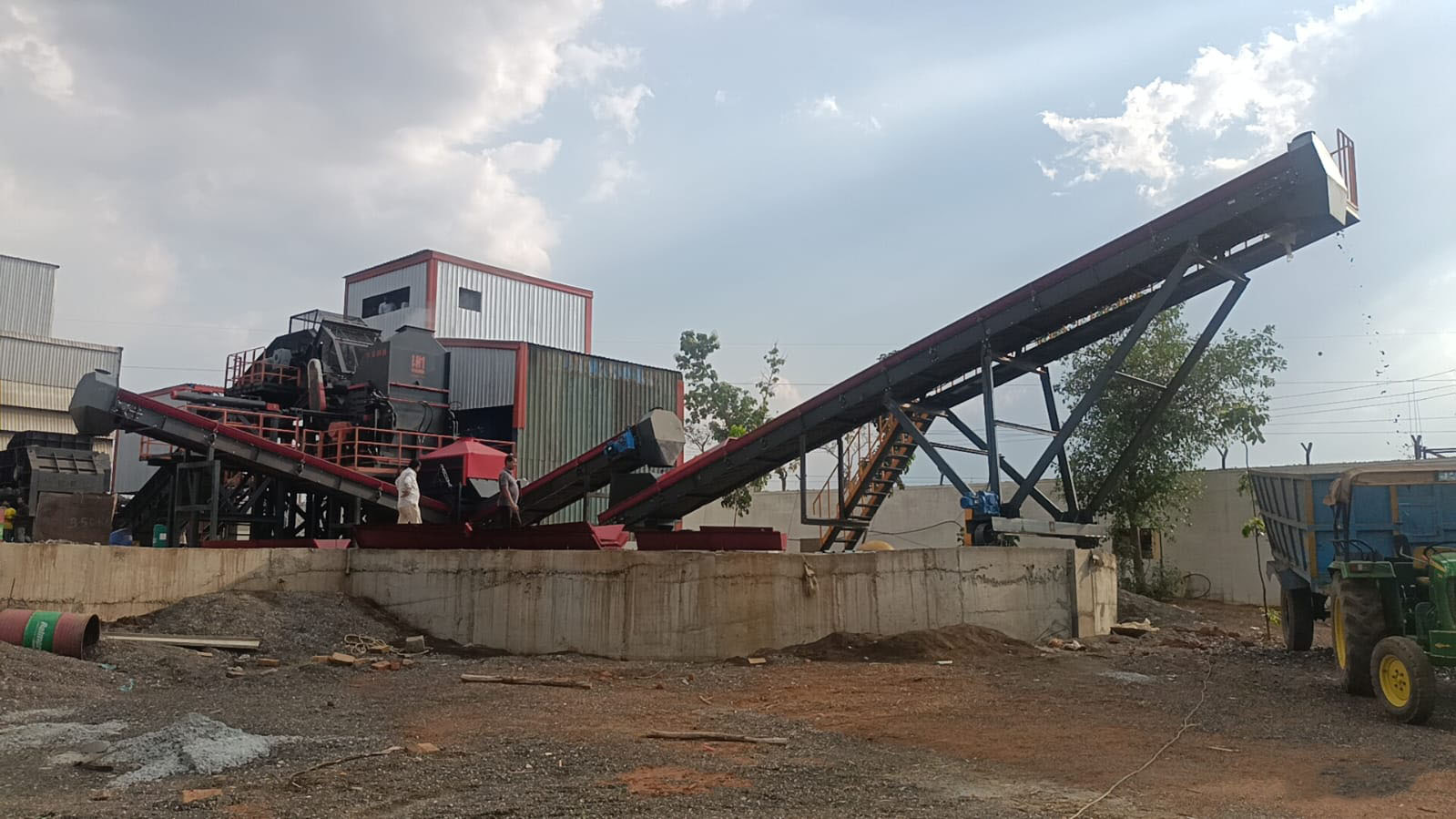
.jpg)
